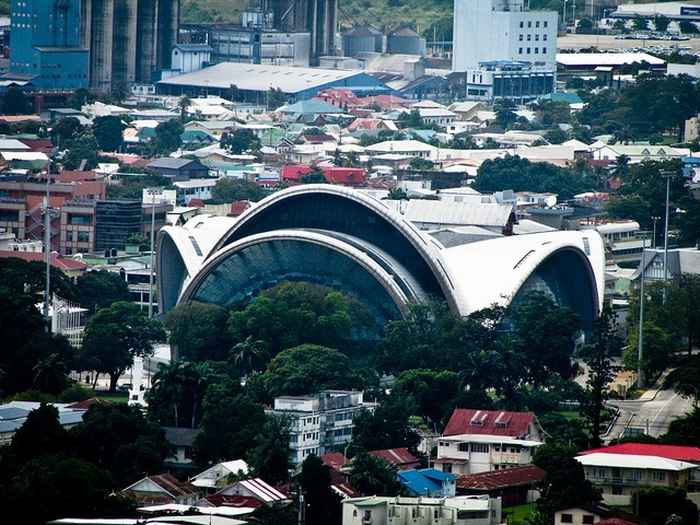Mega Cities Projects: the Case of Port of Spain - By Hebe Verrest
Publication date 28-09-2015
In the recent past many cities have embarked on mega-projects as part of their neoliberal development strategy. While many of the best known urban mega projects in the global south, e.g. those related to the Fifa World Championship in South Africa and Brazil, or London’s Docklands, are located in very large cities, mega projects are by no means exclusive to such cities. Small cities with similar ambitions and attractiveness for financial investment, boost their own mega projects.
